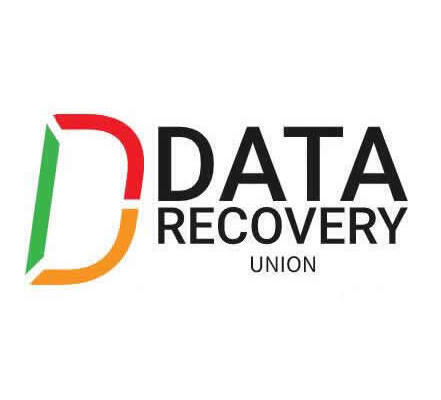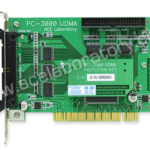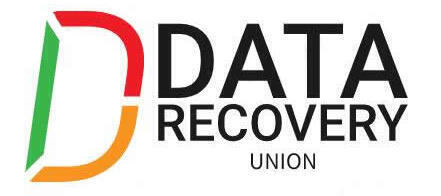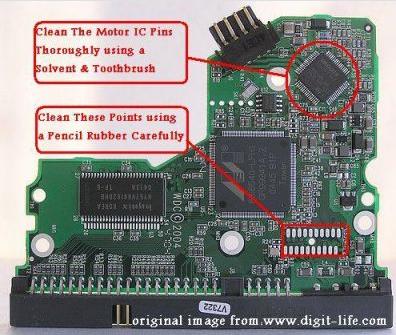
The features of Pirated PC3000 PCI
 PC3000 PCI version, this Pirated product will not perform or functions:
PC3000 PCI version, this Pirated product will not perform or functions:
1). Product will run a while with limited functionality and after a while it will stop working due to DATE/TIME, hard disk with bad sectors, any changes to the G-LIST will make the card unusable.
2). Certain functions will not work properly, often hang or crashes, Hard disk that comes with PC3000 PCI cloned must be Maxtor 4D040H2 or 6Y080L types, imagine these drives have full potential of breaking down, they purposely use these type of HDD so they can sell more pirated PC3000 PCI cloned.
3). Windows operating system in Chinese language so guess what…it will drive you crazy.
4). Hard Disk must be cloned again once the PC3000 PCI is locked due to piracy prevention is detected (e.g. Asking for renew license key), cloning procedure is totally time wasting.
5). If something goes wrong, Chinese seller will deny and ask you to get F##CK!
6). PC3000 PCI is updated regularly meaning that once you bought the pirated ones you can’t update the software. The Chinese will ask you to buy a new one instead. (That’s the trick…they will keep asking to buy a new updated PCI claiming it is better than the previous version, e.g. PC3000 PCI version 1.1, 2.2, 2.XX and so on), after a while they will tell you a new system is added so you don’t have to clone if something goes wrong, guess what? they will ask you to buy a new one again because your old one can’t be updated.
7). Average pirated copy of PC3000 PCI selling for around US$400 – US$600, every few months there is a new version comes out, so you keep spending $600, over the course of 1 year you can buy the new original PC3000 PCI with free updates for 1 year.
8). New original PC3000 PCI can run on any motherboard, Windows Operating systems English or other language, any types of CPU, HDD etc.
Hope this article helps people in deciding whether or not it’s worth buying the clones PC3000.


 MHDD is the most popular freeware program for low-level HDD diagnostics.
MHDD is the most popular freeware program for low-level HDD diagnostics.